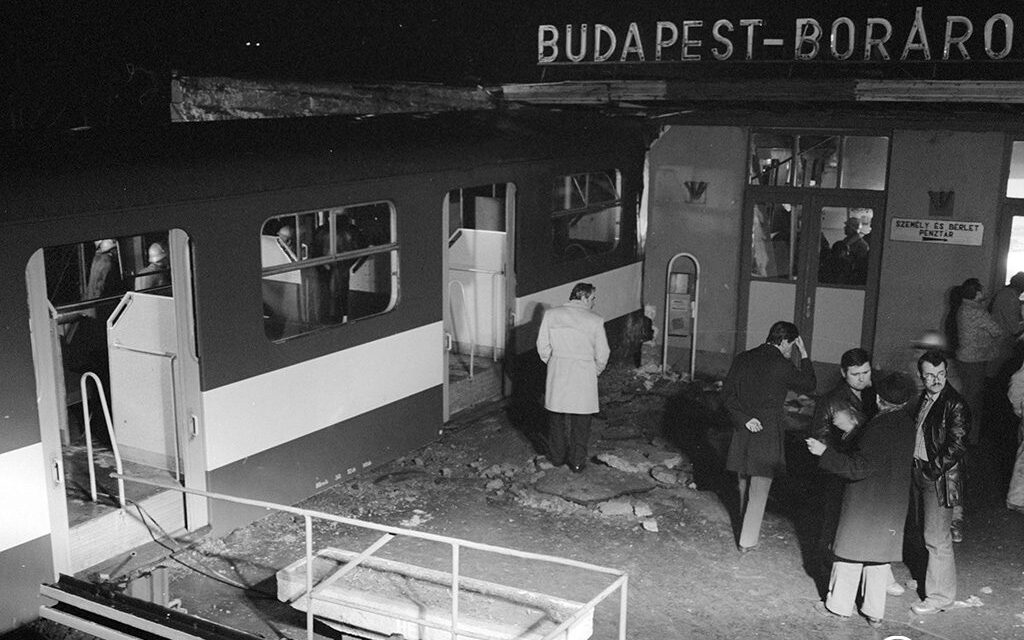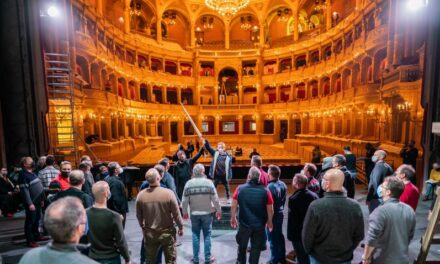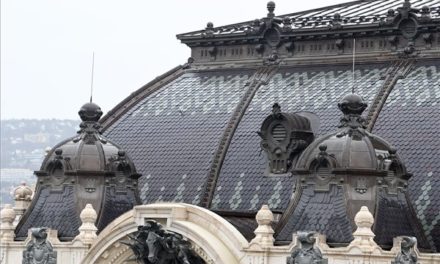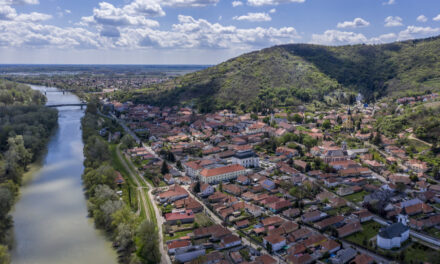Forty-six years ago, one of the biggest traffic disasters in Budapest took place.
Forty-six years ago today, the terrible HÉV accident took place, which is still one of the most serious public transport disasters in Budapest. On April 13, 1978, after five o'clock in the afternoon, the HÉV coming from Csepel ran into the station building without braking, breaking through the barrier, where there were even more people than usual due to the bad weather and rush hour traffic.
The train practically ran over the building, 16 people died on the spot, and two died after being transported to the hospital.
Shortly after five o'clock in the afternoon from Csepel, the HÉV train arriving at the terminus broke through the trestle at a speed of 30-40 kilometers, then ran into the station building and the waiting hall, where many people were staying due to the rainy weather.
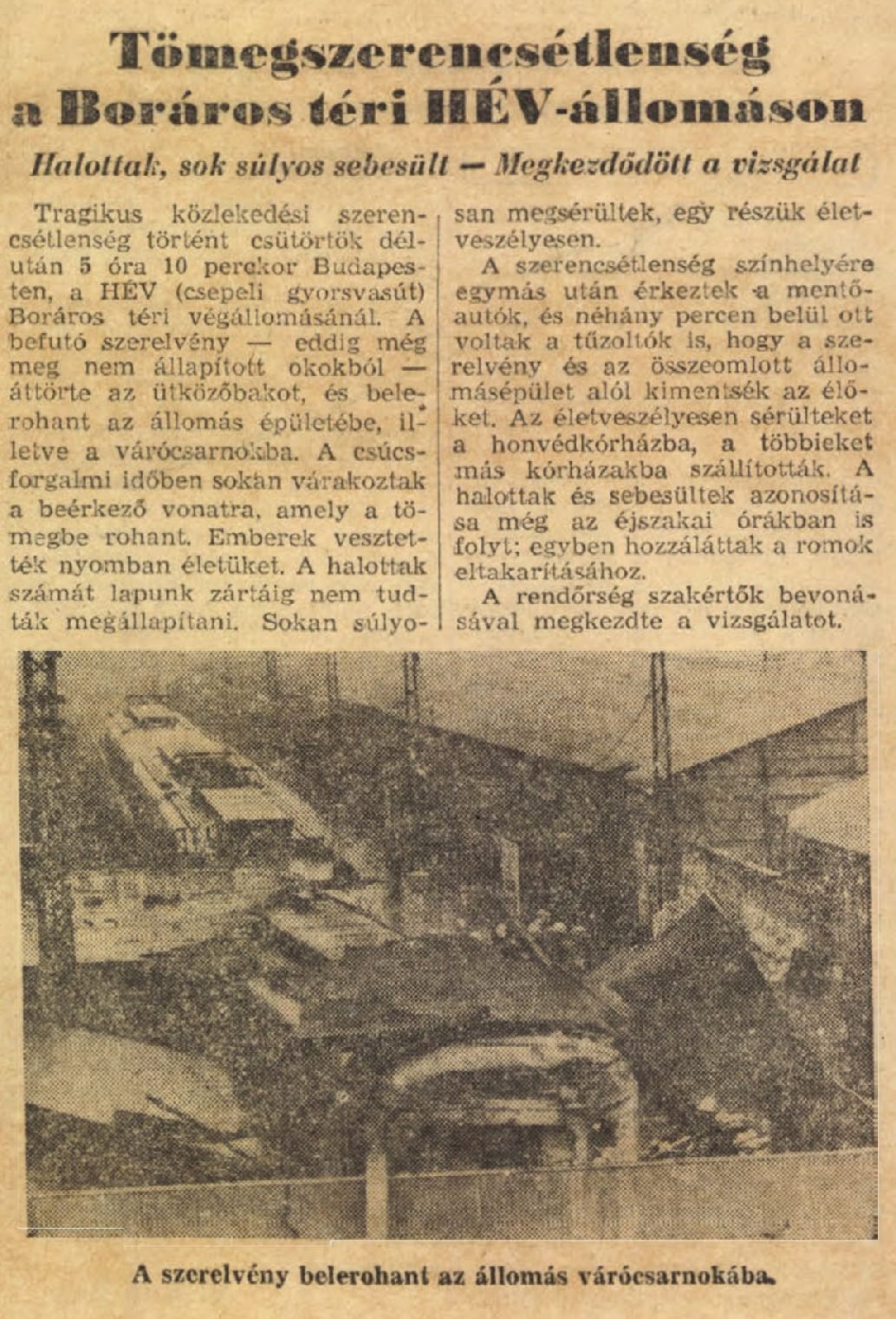
Source: Arcanaum
The first car plowed through the entire length of the waiting hall, destroying half of the building. 18 people lost their lives in the accident, and the material damage exceeded HUF 2.5 million (according to estimates, the amount of damage can be put at a quarter of a billion HUF at today's prices.)
Tragically, five of the 18 victims who died in the accident were younger than twenty years old.
According to the report of the next day's issue of Népszabadság, ambulances arrived at the scene of the accident one after the other, and within a few minutes the firefighters were also there to rescue the survivors from under the train and the collapsed station building.
The life-threateningly injured were taken to the Honvédkórház, the others to other hospitals. The identification of the dead and wounded continued even into the night, and they began to clear the ruins.
After the accident, the Budapest Police Headquarters detained 21-year-old L. Sándor László and 36-year-old HÉV engine driver V. Károly, as well as 30-year-old electrician János S.
The official investigation conducted with the involvement of judicial, technical and traffic experts established the responsibility of the engine drivers and the HÉV service service. In the first-instance judgment of the Metropolitan Court (November 1978), Ladó was sentenced to 3 years and 8 months in prison as the main punishment for a crime against the safety of railway traffic, which caused death and especially great damage, as a first-class defendant, and a four-year ban from driving electric locomotives as a secondary punishment; Vanyorek was sentenced to 2 years and 8 months of imprisonment as a second-rate defendant, also to be served in a prison, and to a three-year ban from driving electric locomotives as a secondary punishment.
In the judgment of the Supreme Court acting at the second instance (March 1979), Vanyorek's prison sentence was increased to 3 years and 4 months, and both defendants were permanently banned from driving railway vehicles. The decision of the criminal panel of the Supreme Court found that the accident was caused by the negligence of the defendants and, in part, due to technical reasons.
Featured image: A broken HÉV train at the Boráros tér terminus of the HÉV in Csepel, where the motor car of the train ran into the waiting hall of the terminal building at 5:10 p.m. on April 13. (Photo: National Archives / Péter E. Várkonyi)

